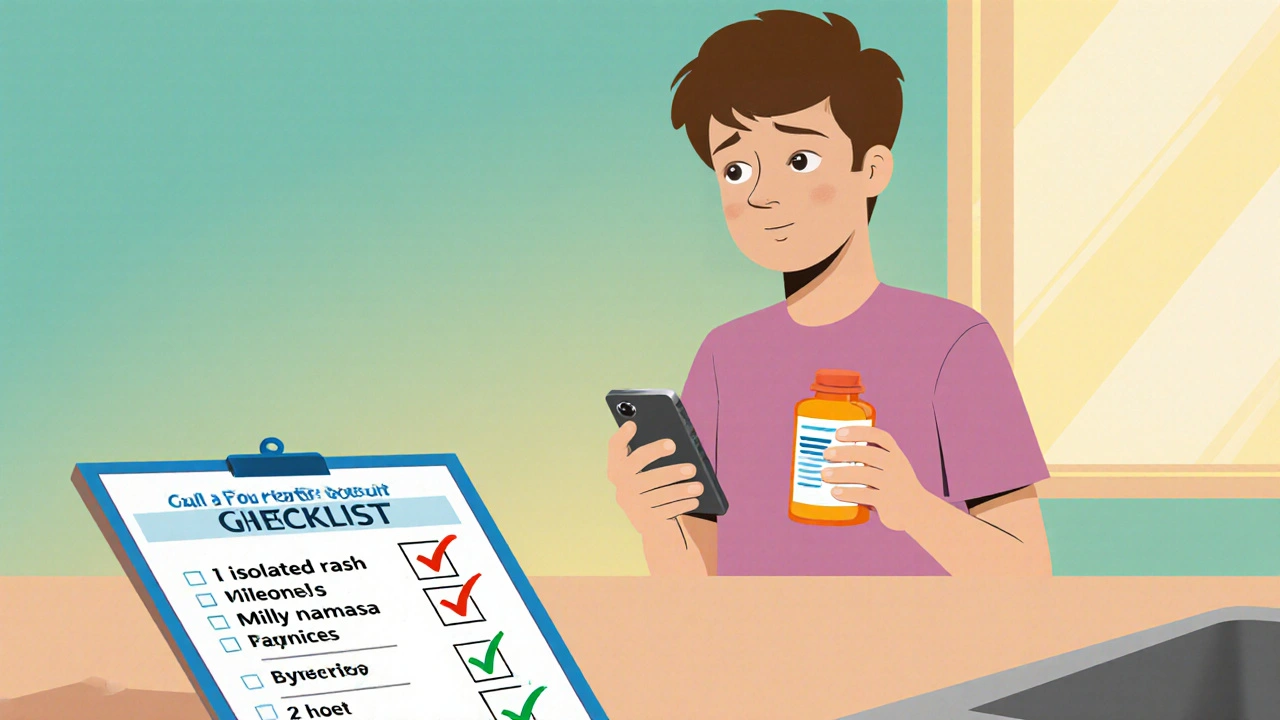
Medication Reaction Emergency Checker
This tool helps you determine if your or someone else's medication reaction requires an emergency call (911) or if a doctor's visit is sufficient. Based on guidelines from the Mayo Clinic and American College of Allergy, Asthma, and Immunology.
Select Symptoms
Quick Takeaways
- Breathing trouble, throat swelling, or a fast weak pulse = call 911 immediately.
- Isolated rash, mild nausea, or a single side‑effect = reach your doctor within 24 hours.
- Use an epinephrine auto‑injector at the first sign of anaphylaxis, then call 911.
- Track when you took the medication; most severe reactions appear within the first hour.
- Keep a symptom‑action checklist handy for you or anyone you care for.
Medication reaction is a spectrum ranging from mild upset stomach to life‑threatening anaphylaxis. Knowing where your situation lands can mean the difference between a quick ambulance ride and a routine doctor’s visit.
What Exactly Is a Medication Reaction?
When a drug triggers an unintended response, the body’s immune system or chemistry reacts. According to the Mayo Clinic (2023), drug allergies happen when the immune system mistakenly tags the medication as harmful, producing symptoms that can start within minutes or, for conditions like serum sickness, days later.
Key categories include:
- Anaphylaxis - a rapid, multi‑system reaction that threatens the airway and circulation.
- Localized skin eruptions - hives, itching, or a simple rash.
- Gastro‑intestinal upset - nausea, vomiting, diarrhea.
- Neurologic signs - dizziness, headache, or fainting.
Understanding which category you’re dealing with guides the next step.
When Symptoms Demand a 911 Call
All major health authorities-Mayo Clinic, the American College of Allergy, Asthma, and Immunology (ACA), and CPR Seattle-agree on a short list of red‑flag signs. If any of these appear, dial call 911 without hesitation:
- Difficulty breathing, wheezing, or a high‑pitched “squeaky” sound (stridor) indicating airway obstruction.
- Swelling of the tongue, lips, or throat.
- Rapid, weak pulse or a sudden drop in blood pressure (feeling faint or light‑headed).
- Severe hives combined with any of the above (multiple systems involved).
- Vomiting or diarrhea **plus** skin symptoms like hives or swelling.
- Seizure, loss of consciousness, or confusion.
These signs point to a systemic emergency-most often anaphylaxis. The first‑line treatment is an epinephrine auto‑injector, followed immediately by a 911 call. Even if the person feels better after the injection, a delayed reaction can occur, so emergency services must still be summoned.
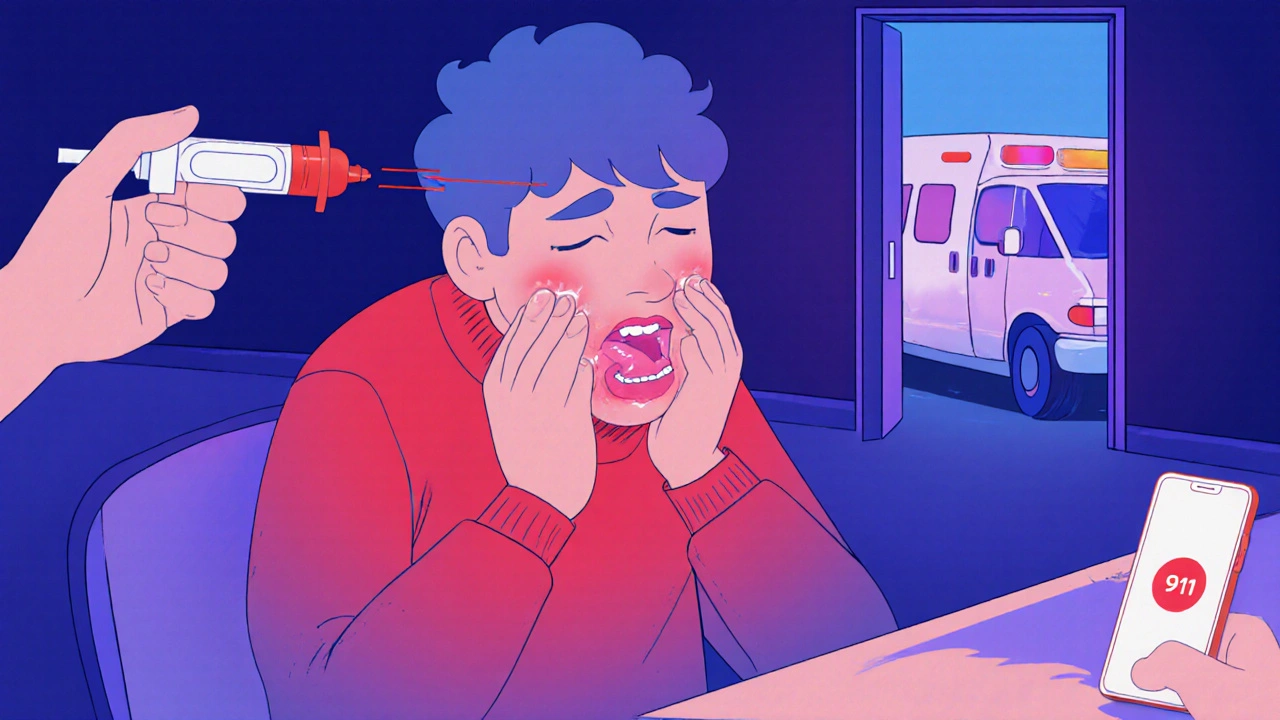
When a Doctor’s Office Is the Right Call
If you’re only facing one of these milder clues, a 911 call isn’t required. Contact your primary care physician, urgent‑care clinic, or pharmacist within the next day:
- Isolated rash or mild itching without swelling.
- Single‑system upset stomach that started a few hours after the dose and is improving.
- Light‑headedness that resolves quickly and isn’t accompanied by rapid pulse.
- Minor nausea or a single episode of vomiting without skin involvement.
Most of these reactions resolve on their own, but a professional evaluation ensures they don’t evolve into something worse.
Step‑by‑Step Action Plan While Waiting for Help
- Assess the symptoms. Use the checklist below to decide between 911 and your doctor.
- If an epinephrine auto‑injector is prescribed, administer it right away. The dose is typically 0.3 mg for adults, 0.15 mg for children under 30 kg.
- Call 911 and clearly state: “I have used an epinephrine auto‑injector for a suspected medication‑induced anaphylaxis.” This lets dispatchers send a crew with appropriate equipment.
- While waiting, keep the person lying flat with legs slightly elevated (unless breathing is difficult-then sit them up).
- Monitor vital signs: pulse, breathing rate, skin color. If the person loses consciousness, begin CPR if trained.
If you’re only calling a doctor, gather these details for the call:
- Name of the medication, dose, and exact time taken.
- All symptoms experienced, when they started, and whether they’re improving.
- Any previous allergic reactions or known drug sensitivities.
Common Mistakes and How to Avoid Them
Even well‑meaning people make errors that cost precious minutes:
- Waiting too long. Breathing issues can progress to complete obstruction in minutes. If you’re unsure, err on the side of calling 911.
- Skipping the epinephrine dose. The Food Allergy Research & Education group (2023) stresses: “When in doubt, use it!” The risk of a heart‑rate spike is far lower than the risk of death from anaphylaxis.
- Assuming a rash is harmless. A rash paired with vomiting, dizziness, or hives is a warning sign of systemic involvement.
- Not informing the emergency crew. Mention the medication name and that epinephrine was used; this guides further treatment.
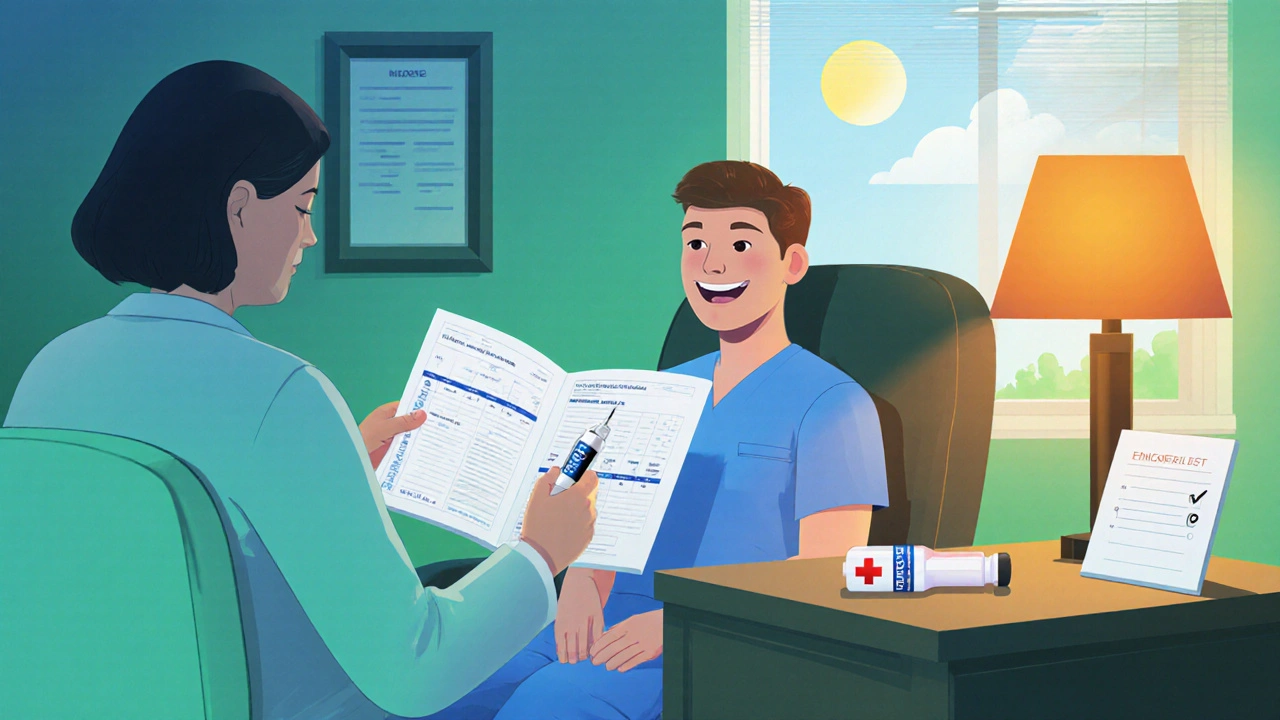
Quick Reference Checklist
| Symptom(s) | System Involved | Action |
|---|---|---|
| Wheezing, stridor, shortness of breath | Respiratory | Call 911 immediately; use epinephrine if prescribed |
| Swelling of tongue, lips, throat | Respiratory/ENT | Call 911; emergency medical team needed |
| Rapid weak pulse, dizziness, fainting | Cardiovascular | Call 911; monitor vitals |
| Hives + vomiting/diarrhea | Skin + GI | Call 911; treat as possible anaphylaxis |
| Isolated rash or mild itching | Skin | Contact doctor within 24 hrs; no 911 needed |
| Single episode nausea or mild stomach upset | GI | Call doctor; monitor for worsening |
What to Expect After the Call
When you dial 911, the dispatcher will ask for the patient’s age, medication name, and whether epinephrine was used. An ambulance equipped with oxygen and airway tools will arrive within minutes (often under 10 minutes in urban areas).
At the emergency department, clinicians will assess airway patency, administer additional epinephrine if needed, and may give antihistamines, steroids, or IV fluids. Observation periods range from 2-6 hours, depending on symptom resolution.
For non‑emergency doctor visits, the provider will likely order labs (e.g., serum tryptase) to confirm an allergic reaction, adjust future prescriptions, and possibly refer you to an allergist for skin testing.
Bottom Line: Trust Your Instincts
When a medication triggers any sign of trouble, pause, assess, and act. If breathing, swelling, or a fast weak pulse shows up, call 911-no hesitation. For isolated, non‑systemic symptoms, a same‑day doctor’s call will usually suffice.
Keep an up‑to‑date list of all medicines you’re taking, and store epinephrine auto‑injectors in an accessible place. A quick reference card with the checklist above can be a lifesaver for you or anyone who cares for you.
What is the first sign that a medication reaction is an emergency?
Any difficulty breathing, swelling of the throat or tongue, or a rapid weak pulse should be treated as an emergency-dial 911 right away.
Should I always use my epinephrine auto‑injector if I have a reaction?
Yes. If you suspect anaphylaxis-especially with breathing or swelling symptoms-use the auto‑injector immediately, then call 911.
How long after taking a drug can a serious reaction appear?
Most severe drug allergies surface within the first hour, but some, like serum sickness, can emerge days later. Keep monitoring for at least 24 hours.
When is it safe to go to urgent care instead of the emergency room?
If you have a simple rash, itching, or mild nausea without any breathing or swelling issues, urgent care or your doctor’s office is appropriate.
Can a medication reaction happen after I stop taking the drug?
Yes. Some immune‑mediated reactions, like serum sickness, can appear days to weeks after the last dose.

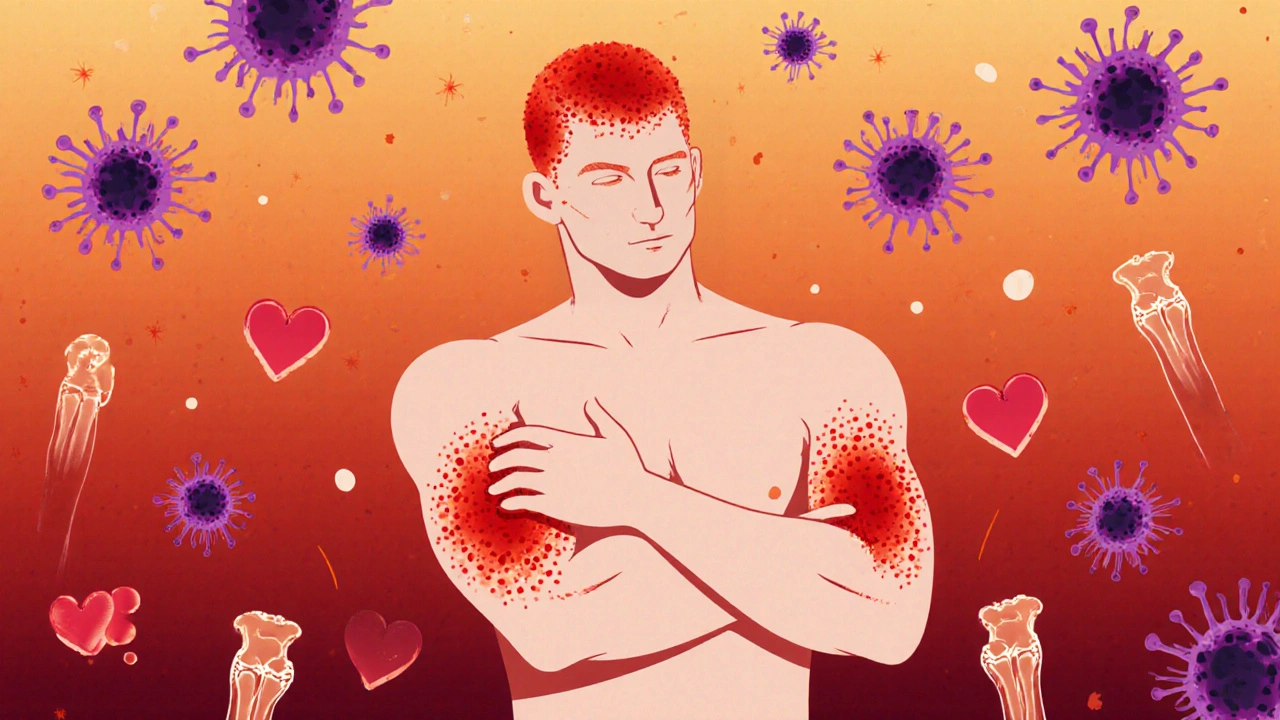
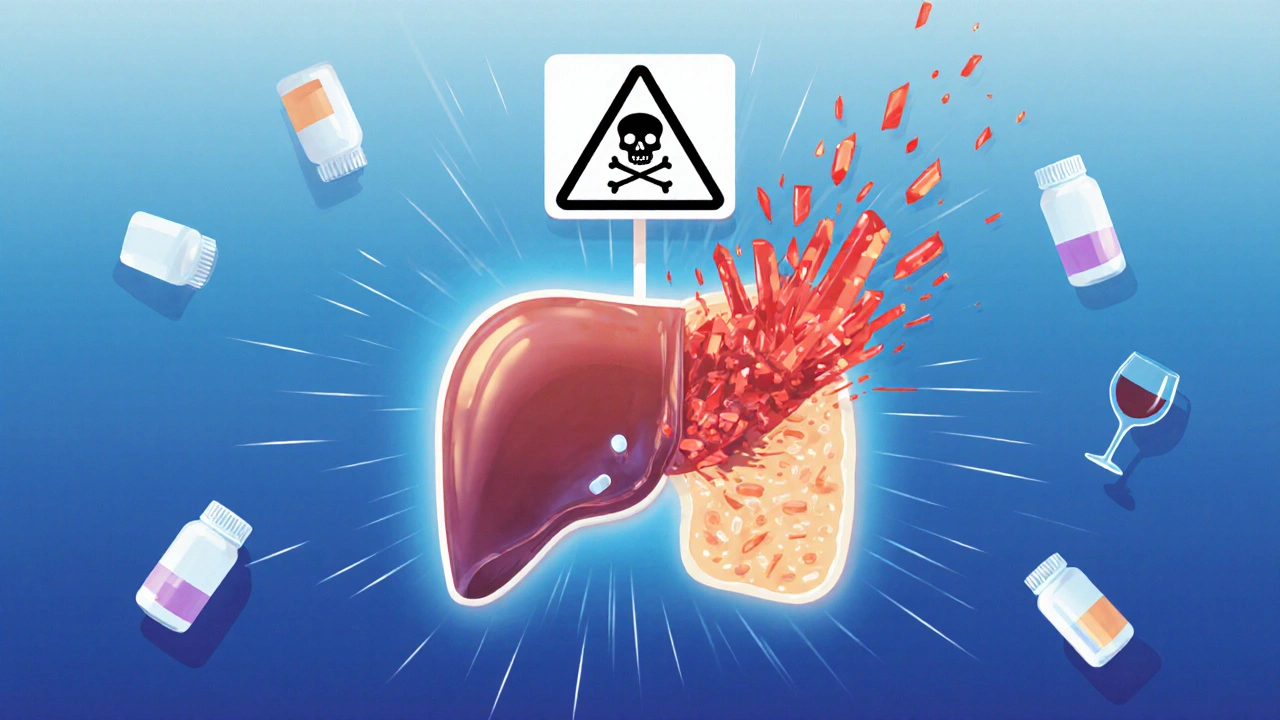

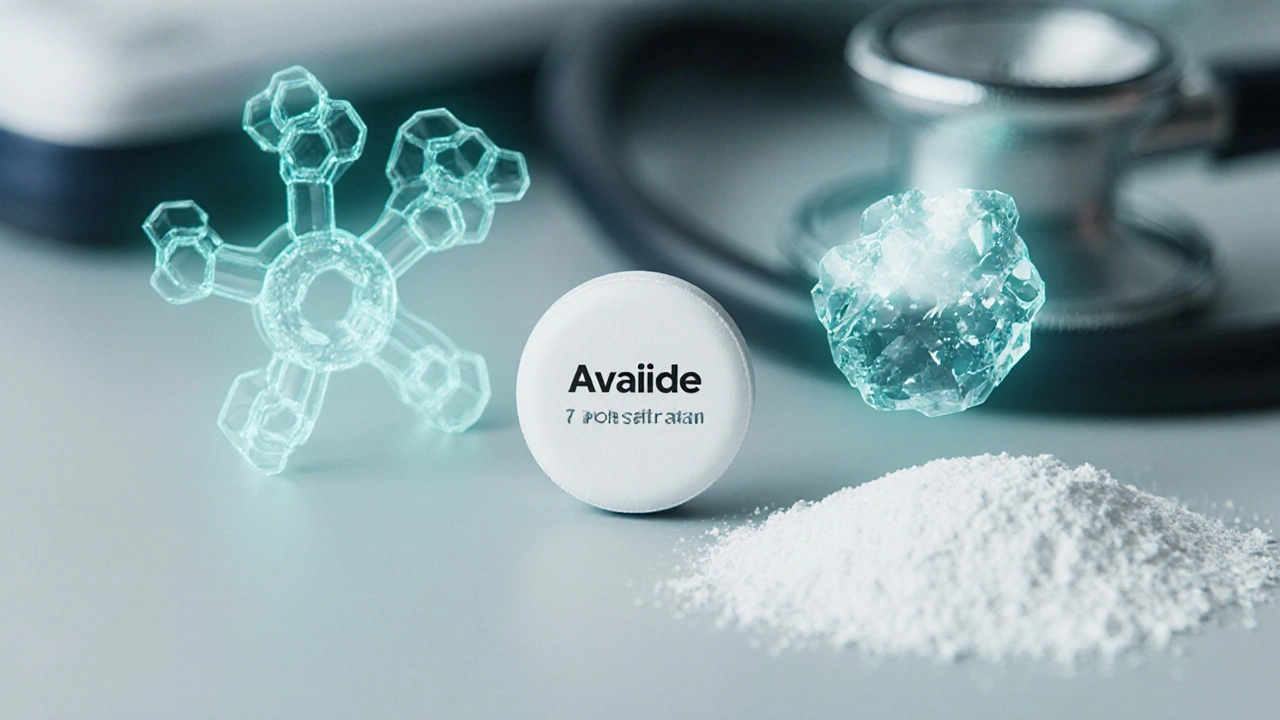

Dason Avery
October 24, 2025 AT 16:55Wow, reading this feels like a wake‑up call that blends medical science with life‑changing practicality 😊. The way the article splits red‑flag symptoms from mild ones is crystal clear, and that alone could save a life. It reminds me of the old Stoic lesson: prepare for the worst, hope for the best, and act decisively when the moment arrives. Breathing trouble, swollen tongue, and a rapid weak pulse are literally the body screaming for immediate help – no hesitation, just dial 911. The checklist format is something I’m actually printing and tucking into my wallet; you never know when you’ll need it. If you ever find yourself alone with a reaction, having an epinephrine auto‑injector ready is like carrying a personal fire extinguisher. Administer it first, then call emergency services – the article nails that sequence. I love how it emphasizes that even if you feel better after the injection, you still need professionals because delayed reactions are a real threat. The “common mistakes” section hits home; I’ve seen people waste precious minutes doubting themselves. In my experience, the safest route is always “when in doubt, call 911.” The medical jargon is kept to a minimum, making it accessible for anyone, even if you’re not a healthcare pro. The quick reference table at the end is a masterpiece of clarity, turning a potentially confusing topic into an actionable guide. I’ve already bookmarked the article and shared it with my family, because knowledge spreads faster than anaphylaxis. Keep these guidelines handy, and remember: your instincts plus this info are a powerful combo. 🚑💪
Lindy Hadebe
October 25, 2025 AT 15:13Honestly, this reads like a parental lecture you never asked for.
Kathryn Rude
October 26, 2025 AT 12:31Well the whole “call 911 if you’re breathing weird” thing is obvious you know :) The article is thorough but could have cut the fluff it drags on a bit
Ekeh Lynda
October 27, 2025 AT 10:50The piece manages to weave together clinical guidelines and lay‑person advice in a manner that feels both authoritative and approachable without resorting to excessive punctuation the reader is guided through a spectrum of reactions from mild gastrointestinal upset to life‑threatening anaphylaxis the structure of the quick takeaways followed by detailed sections creates a logical flow the checklist serves as a practical tool the emphasis on epinephrine use before contacting emergency services reflects current best practices the inclusion of common mistakes addresses real‑world errors that can compromise outcomes the tone remains calm yet urgent the language is devoid of unnecessary commas or semicolons yet each sentence conveys a complete thought the article succeeds in delivering essential information while respecting the reader’s time it could benefit from more visual aids but overall it stands as a solid reference for anyone dealing with medication reactions
Michelle Capes
October 28, 2025 AT 09:08Hey, i totally get how scary these reactions can be, it’s normal to feel rattled when your body starts acting up. The guide does a great job breaking down when to call 911 and when a doc call will do, so you don’t have to guess in the heat of the moment. Having that checklist on your fridge or phone can really calm your nerves and give you confidence that you’ll act right. Remember, even if you feel fine after using an epi‑pen you still want paramedics there just in case. Stay safe and keep that auto‑injector within reach 🙂
Dahmir Dennis
October 29, 2025 AT 07:26Oh sure, because everyone has an endless supply of time to weigh pros and cons when their airway is closing – what a delightful way to test your decision‑making skills. The article wisely tells you to call 911 faster than you can say “oops I waited too long,” which is exactly the level of urgency you need when a drug decides to turn you into a balloon. If you think you can play doctor and ignore clear red flags, you’re basically auditioning for a road‑racing drama where the stakes are your own life. So hats off to the writers for spelling out the obvious in a way that even the most complacent bystander can’t miss.
Jacqueline Galvan
October 30, 2025 AT 05:45Dear readers, the information presented herein offers a comprehensive framework for discerning when emergency medical services are warranted versus when a routine physician consultation suffices. It delineates cardinal signs of anaphylaxis-including respiratory distress, angioedema, and hemodynamic instability-and underscores the immediate administration of epinephrine followed by activation of emergency response. For less severe manifestations such as isolated urticaria or transient gastrointestinal upset, the recommendation to contact a primary care provider within 24 hours is both prudent and resource‑conserving. I encourage you to incorporate the provided checklist into your personal health records and to ensure that epinephrine autoinjectors are readily accessible to all individuals at risk.
Tammy Watkins
October 31, 2025 AT 04:03In light of the evidence detailed above, it is incumbent upon each individual to internalize the decisive protocol for medication‑induced emergencies; hesitation is tantamount to jeopardizing one’s own survival. Accordingly, any presentation of dyspnea, angioedema, or a precipitously weak pulse must precipitate an immediate 911 call, preceded without delay by epinephrine administration. Conversely, isolated dermatologic or gastrointestinal symptoms, while uncomfortable, may be addressed through a prompt consultation with one’s physician, provided no systemic involvement is evident. This bifurcated approach not only optimizes patient outcomes but also ensures judicious utilization of emergency services. I implore you to adopt the succinct checklist herein as a standard element of your emergency preparedness repertoire.
junior garcia
November 1, 2025 AT 02:21Yo, keep that epi‑pen handy and don’t overthink it – if you’re short of breath or your throat’s swelling, dial 911 now.
Casey Morris
November 2, 2025 AT 00:40Well, I must say, this article is absolutely, unequivocally, a masterclass in clarity, precision, and, frankly, lifesaving practicality, isn’t it? The way it separates red‑flag symptoms from minor reactions is, dare I say, impeccably logical, and the inclusion of a quick‑reference table is simply brilliant, a true hallmark of thoughtful medical communication, indeed.
Teya Arisa
November 2, 2025 AT 22:58It is heartening to see such a meticulously organized guide, and I commend the authors for emphasizing both the urgency of anaphylactic signs and the practicality of scheduling a physician follow‑up for milder reactions. Your readers will undoubtedly benefit from the clear checklist, and the reminder to keep an epinephrine autoinjector accessible cannot be overstated. Thank you for providing this valuable resource 😊👍
Kester Strahan
November 3, 2025 AT 21:16Yo fam, this doc breaks down the whole med reaction flow like a protocol stack – you got your 911 ISR when you hit the airway exception, otherwise you just ping your PCP ticket within the 24‑hr SLA. Gotta have that epi‑pen in your kit, init? Also the checklist is like a quick‑run script you can drop into your health RAM. Stay pro, stay safe.
Doreen Collins
November 4, 2025 AT 19:35Great summary, very helpful. The guidance on emergency versus routine care is spot‑on, and the checklist provides a quick visual cue that can be life‑saving. I especially appreciate the reminder that even after using an epinephrine auto‑injector, professional evaluation remains essential because delayed biphasic reactions can occur, which underscores the importance of not becoming complacent after the initial symptom resolution.